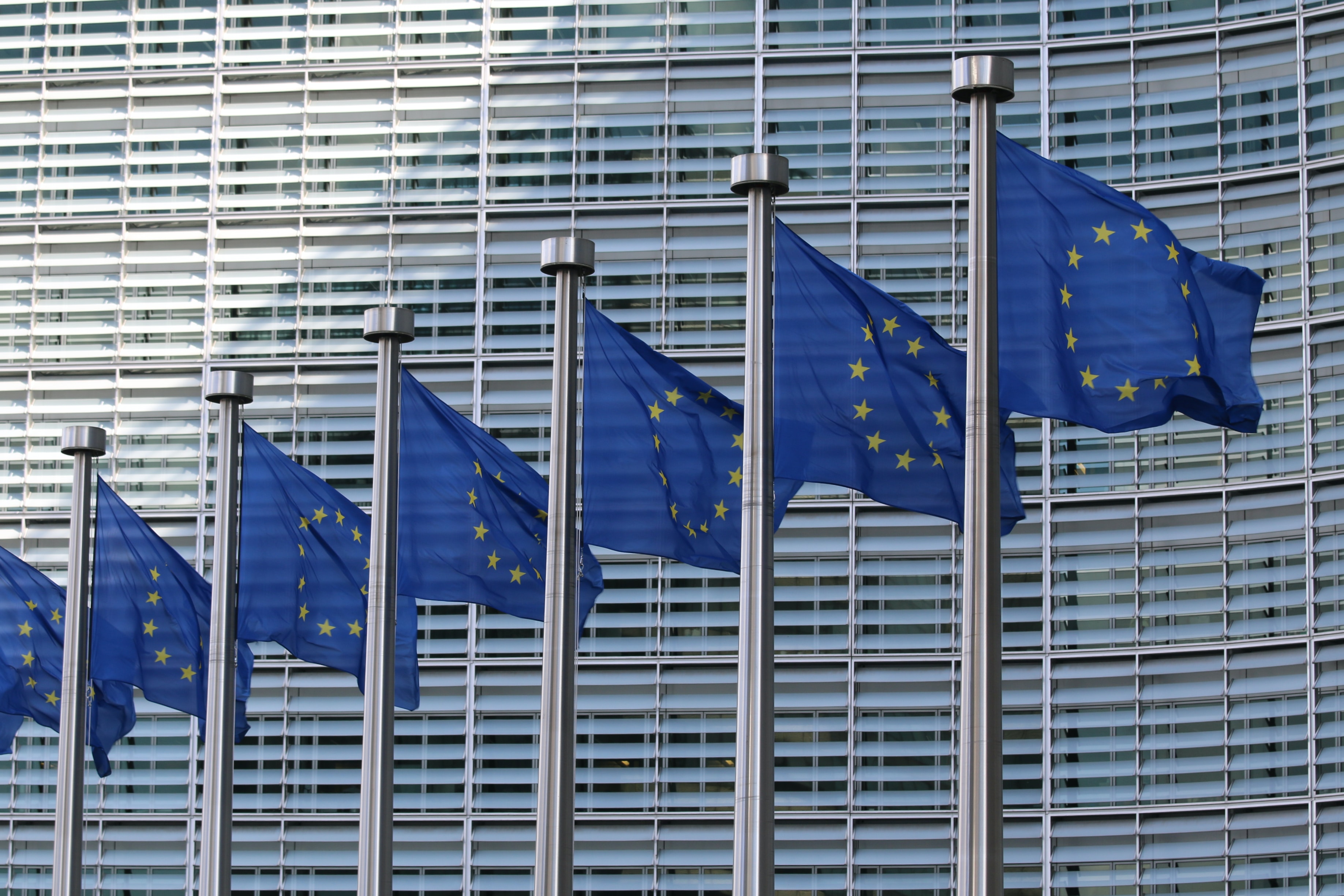Revision of the European Union Designs Law: Key Changes and Implications
The law concerning European Union designs, which has been in force for 20 years, is currently undergoing review. This revision aims to bring several significant changes to modernize the system of design protection within the European Union.
Integration of Animation in the Design Definition
One of the primary modifications introduced by this review is the inclusion of animation, movement, and transition in the definition of designs. This means that registered designs can now incorporate animated elements, providing new possibilities for creators and designers.
Deletion of Class Unity in Design Applications
Another major change involves the removal of class unity during the design application process. This will allow applicants to combine several distinct designs into a single application, simplifying the filing process and reducing administrative formalities.
New Identification of "European Union Designs"
With this revision, “European Union Designs” will now be identified by the letter “d” enclosed in a circle. This measure will enable better recognition of registered designs throughout the European Union.
Advantages of the Revision
This revision of the European Union designs law brings several notable advantages:
Encouragement of Innovation
By integrating animation in the design definition, the revision fosters innovation in product design and stimulates the creativity of designers. Companies will be able to create more dynamic and appealing designs, thereby meeting the changing needs and expectations of consumers.
Streamlining of Application Procedures
The deletion of class unity during the application process will greatly facilitate the design registration process. This will allow applicants to group related designs into a single application, reducing costs and administrative burdens.
Strengthening of Intellectual Property Rights Protection
By improving the identification of “European Union Designs” with a clear symbol, the revision will enhance the protection of intellectual property rights across the European Union. This will discourage potential counterfeiters and provide better legal security for rights holders.

